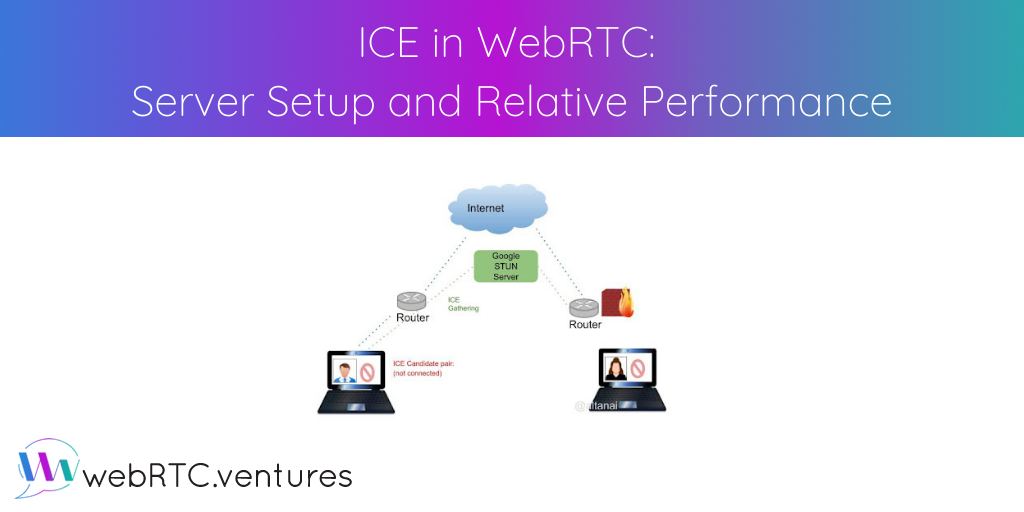
For organizations with specific regulatory, scaling, or network control requirements, self-hosted STUN/TURN servers can be a more suitable option than relying on managed service providers to set up and maintain your WebRTC connections. Those seeking cost optimization or increased customization may also benefit from exploring self-hosted solutions.

A code example for automating configuration for WebRTC. Hector shows us how to provision two EC2 instances: one running the Janus WebRTC Server and the other one running coturn.

When WebRTC calls are between parties who are not on the same network, have symmetric public-private pairing (NAT), or have firewall restrictions there are a number of protocols that can be used. This post describes relative QoS performance working with no ICE Servers, a public STUN server, and a self-hosted CoTURN server.

TURN is a must for service reliability across firewalls and cross-network. A distributed point of presence setup across geographies can significantly lower the risk of packet loss as opposed to an uncertain dynamic route via the public internet. The WebRTC-CDN service provided by Subspace shows a significant improvement in packet loss, which leads to better stream reception for the remote endpoint.






